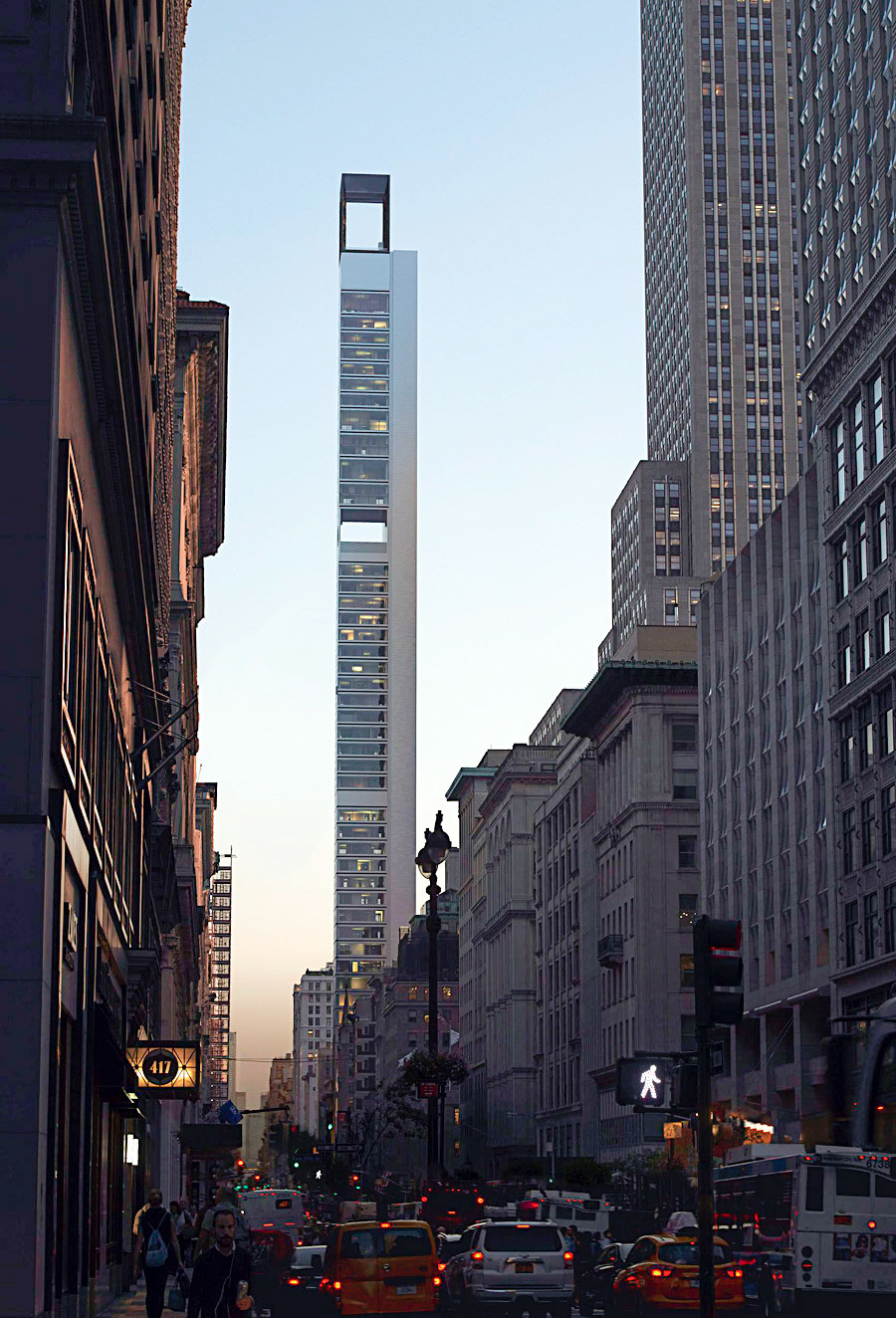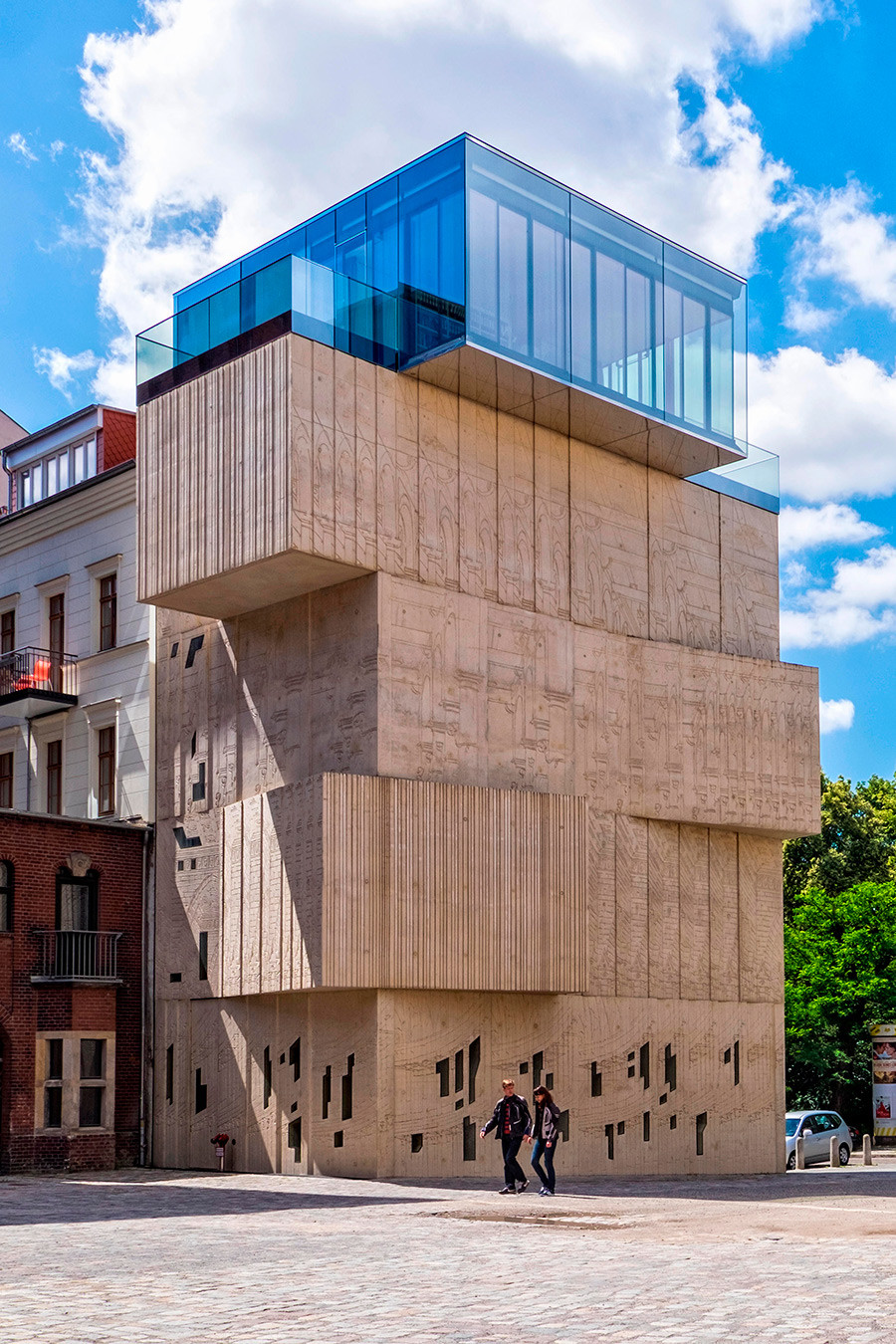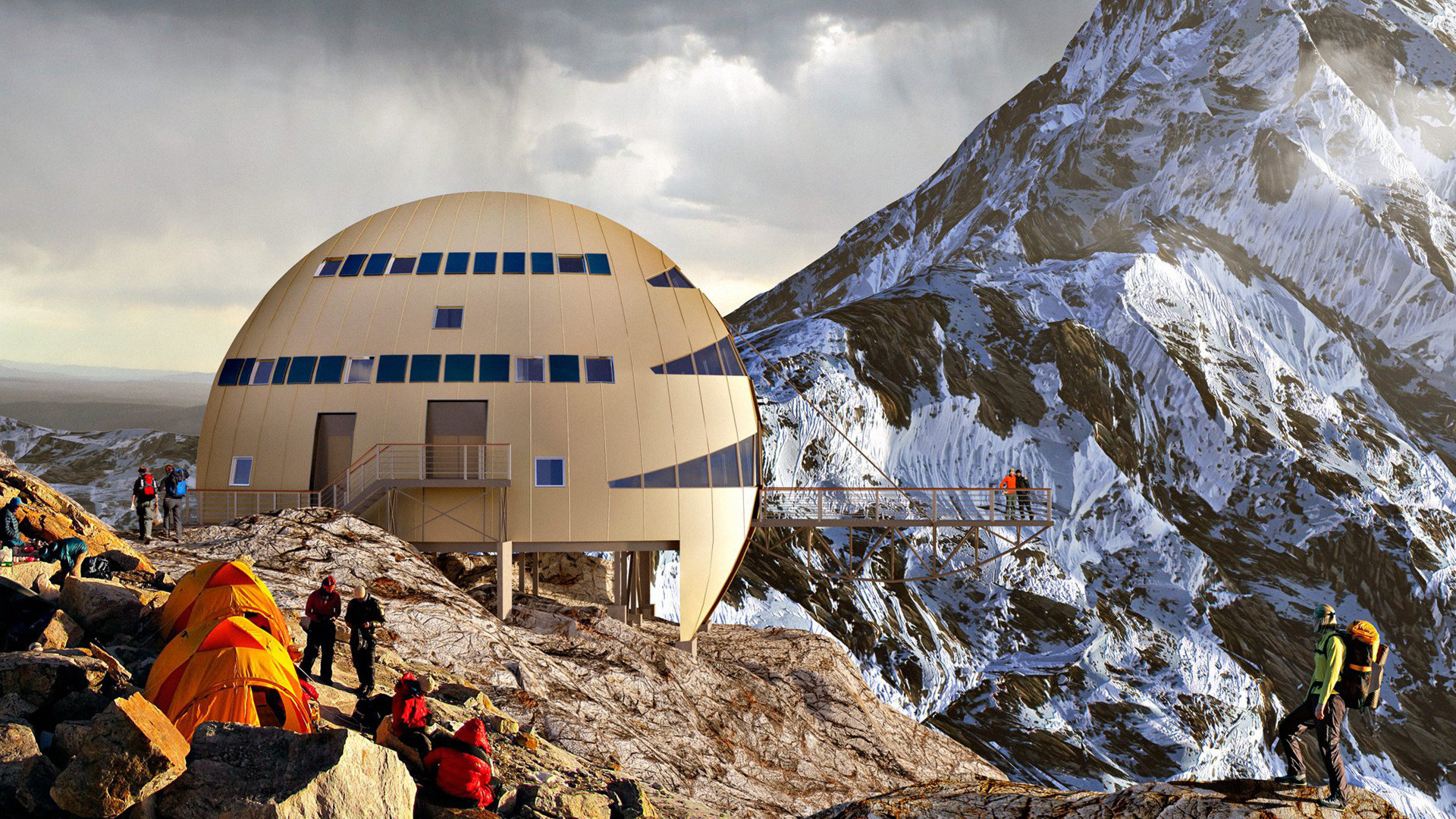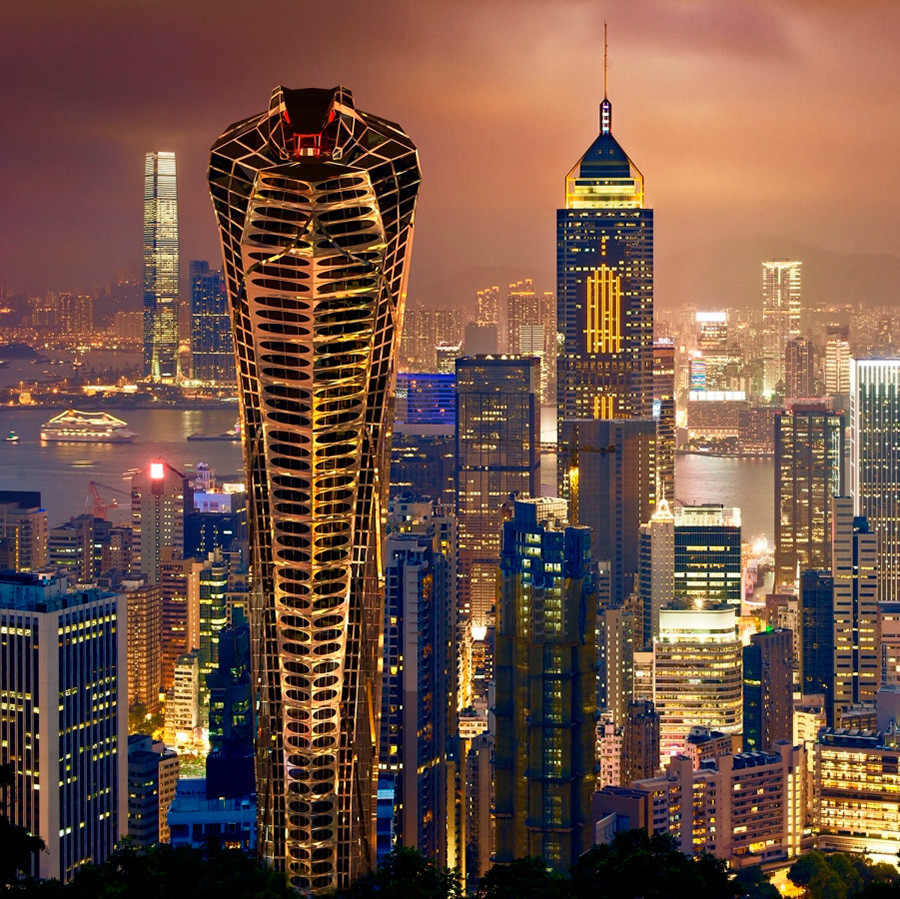5 amazing projects by Russian architects worldwide
1. 'The Heart of Malta,' Svetozar Andreev

According to his idea, the sea-swallowed arch will be recreated in the form of
2. 262 Fifth Avenue in New York, Meganom Bureau

This residential skyscraper on Fifth Avenue in the heart of New York is already under construction. The completed building will be more than 300 meters high. The team, led by Yuri Grigoryan, proposed a narrow structure with just one apartment per floor, with the stiffening core and all utility lines isolated on the west-facing side. The result will be a flexible support-free living space with jaw-dropping end-to-end views.
On top of that, the architects have managed to achieve high energy efficiency: the blind southern facade of the utility supply core will be fully lined with solar panels, and one of the technical levels will be occupied by an ice container as part of the room conditioning system.
3. Museum of Architectural Drawing in Berlin, Speech Bureau

Successfully completed back in 2013, the project was one of the most seminal events in the history of modern Russian architecture. The chamber building with an area of just under 500 square meters is designed to hold a collection of architectural drawings assembled by one of the founders of Speech Bureau, architect Sergey Tchoban.
His first acquisition was a drawing by 18th-century theater set designer Pietro di Gottardo Gonzaga, fragments of which were used in the artistic concept of the facade. The building’s concrete walls are almost devoid of windows, and act as a kind of thermos, providing high energy efficiency and helping to maintain the indoor temperature and humidity necessary for storing
4. Shelter for climbers in the mountains of Nepal, GAFA Architects
This unusual project was originally developed for an international UNESCO competition. The architects conceived a small recreation center (just 150 square meters) in the Himalayas at an altitude of 4,600 meters as a symbiosis of various associations: tent, pagoda, mountain
5. 'Cobra' skyscraper in Shanghai, Vasily Klyukin
Russian ex-banker and now just Monaco resident Vasily Klyukin has his finger in many creative pies.
If using any of Russia Beyond's content, partly or in full, always provide an active hyperlink to the original material.
Subscribe
to our newsletter!
Get the week's best stories straight to your inbox

